
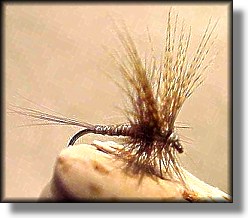 Quill Gordon Text and Photos By George E. Emanuel, NJ, USA
|
|
|
|
Tying Instructions:
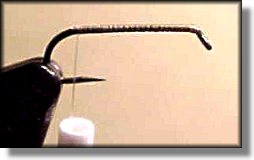 1. Place the hook in the vise, tie on behind the eye and wrap a thread base back to the bend of the shank.
 2. Select and tie in several barbules from a Medium Blue Dun hackle. The tail should be equal in length to the length of the hook shank. Wind forward to ¼ hook shank behind the eye and tie in the wing. The wing should equal the length of the hook shank.
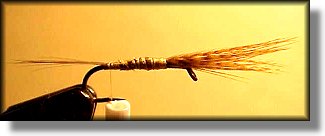 3. Select a Peacock Quill from the area of the eye of the feather. Strip using an eraser of all flu. Pre soften the bare quill with hair conditioner, to make it more pliable. (note, this works well with manually stripped quills) (If you have used a chemically stripped quill, soaking in Lestoil prior to use will render the quill pliable) Tie in the quill by the tip end.
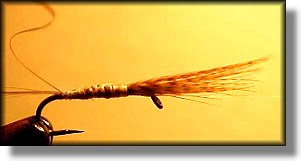 4. Wind the quill forward to just behind the wing. Stand the wing upright taking wraps in front to support it.
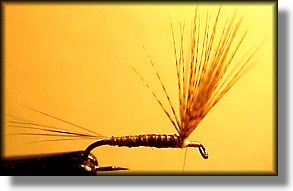 5. Divide the wing into two equal parts using a bodkin or your scissors. Figure eight the wings, and post them with one turn of thread to further separate and gather them.
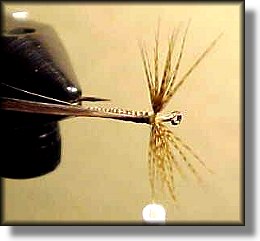 6. Tie in two Medium Blue Dun hackles (glossy side forward) between the wings.
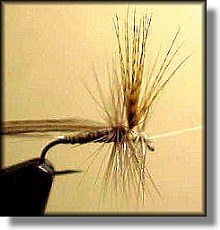 7. Wind the first hackle forward, 3 times behind and 2 times in front of the wing. 8. Wind the second hackle 2 times behind, and 3 times in front of the wing, wiggling it to make it lie between the barbules of the first hackle. Tie off and trim the thread, and any abhorrent barbules. Coat the quill and head with Daves Fleximent to enhance durability.

Fishing SuggestionsFor more information on the insect this fly imitates, how and when to fish it see: Hendricksons!
|